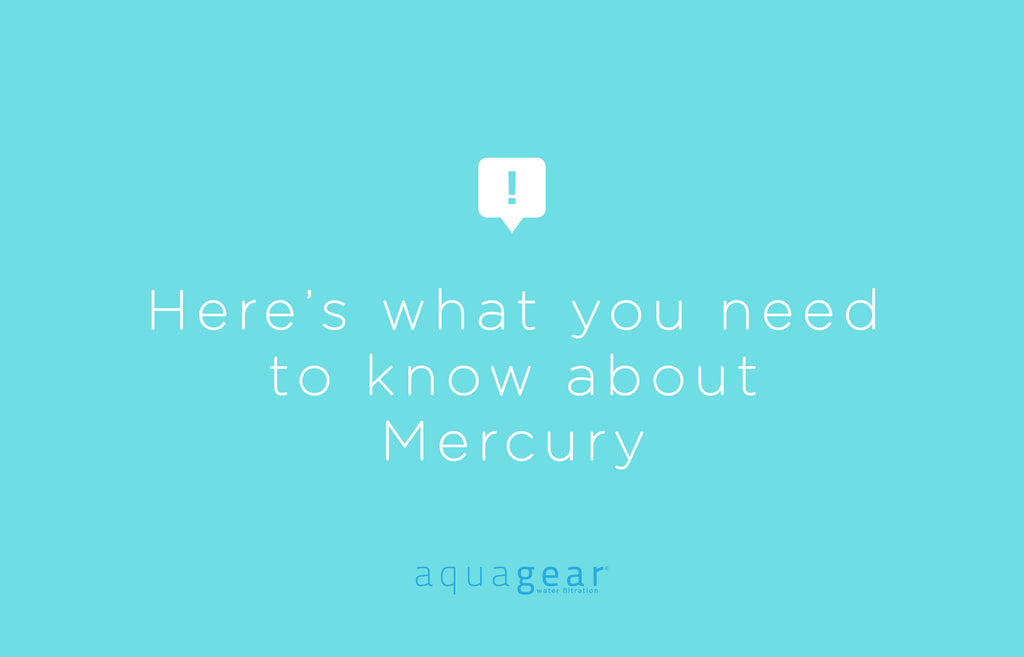Are you concerned about Mercury in your tap water? Well, here's what you need to know.
What is Mercury
Mercury is a liquid metal found in natural deposits such as ores containing other elements.
What is Mercury used for?
Electrical products such as dry-cell batteries, fluorescent light bulbs, switches, and other control equipment account for 50 percent of mercury used.
How does Mercury get into drinking water?
Just like most other contaminants, mercury finds it's way into public tap waters by runoff and contamination. It can also occur by erosion of natural deposits, discharge from refineries and factories; runoff from agricultural sites.

An industrial site example that may deposit mercury into local waterways.
What are considered "safe" Mercury levels by the EPA?
According to the EPA, the maximum contaminant level (MCL) for mercury is 2 parts per billion (ppb). The organization says that using their best available science, that level is set to prevent potential health problems.
What are Mercury's health affects?
The longterm effects of Mercury exposure include kidney damage, nervous system issues, and motor dysfunction. Pregnant mother's should take extra caution when waters may contain high levels of Mercury. Developing fetuses are extremely susceptible to mercury contamination.
How do I remove Mercury from my drinking water?
According to the EPA, there are a few options for safely reducing mercury concentrations in your tap water.
- Granular activated carbon filtration. Our USA made carbon filter pitcher safely reduces mercury concentrations by 97.8%.
- Reverse osmosis
- lime softening
Information transcribed from the Environmental Protection Agency's Safe Water Resource. For more information, please visit their website here.
